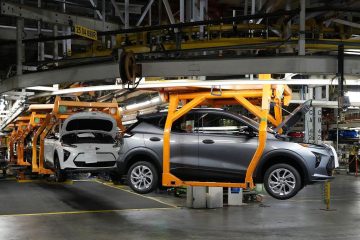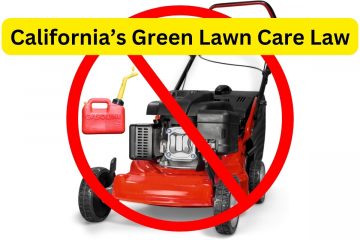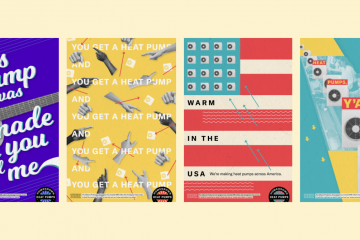Climate Change
Jane Goodall only wants one thing: For You to Vote
New York Times By David Gelles January 23, 2024 Jane Goodall, the renowned primatologist, is urging people to vote in the upcoming global elections to combat climate change. “Half of the population of the planet is going to be voting,” she said on the sidelines of the World Economic Forum Read more…






